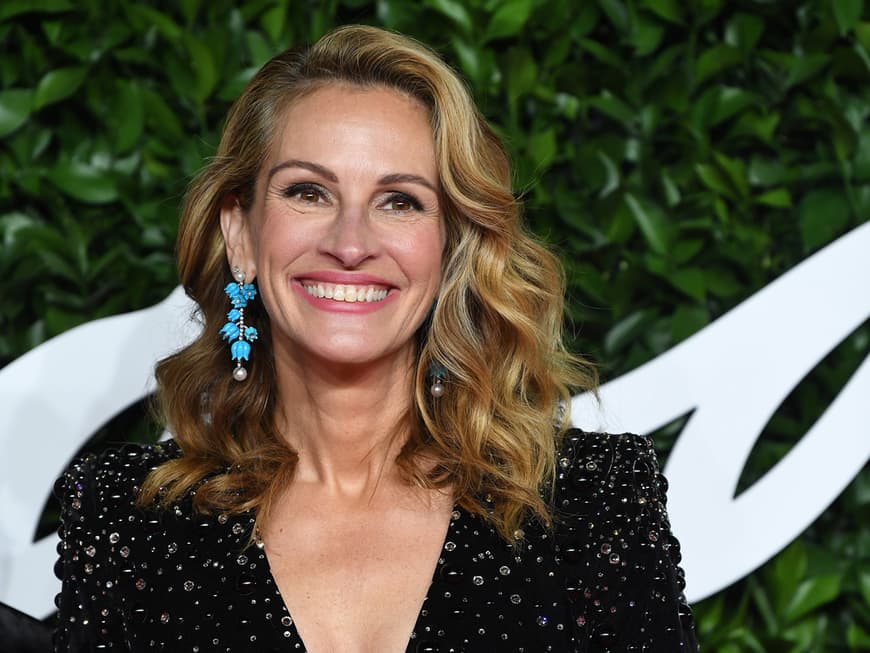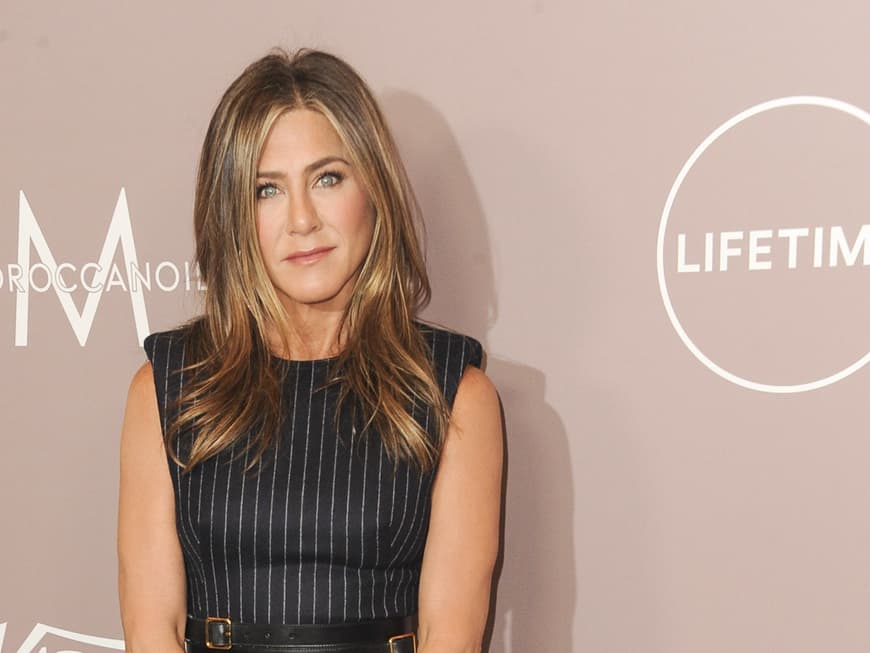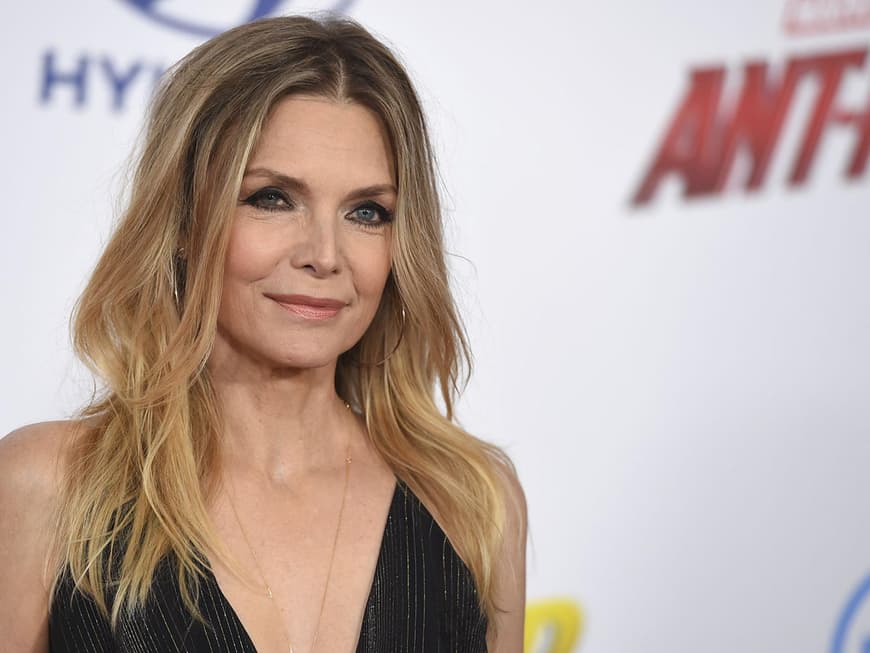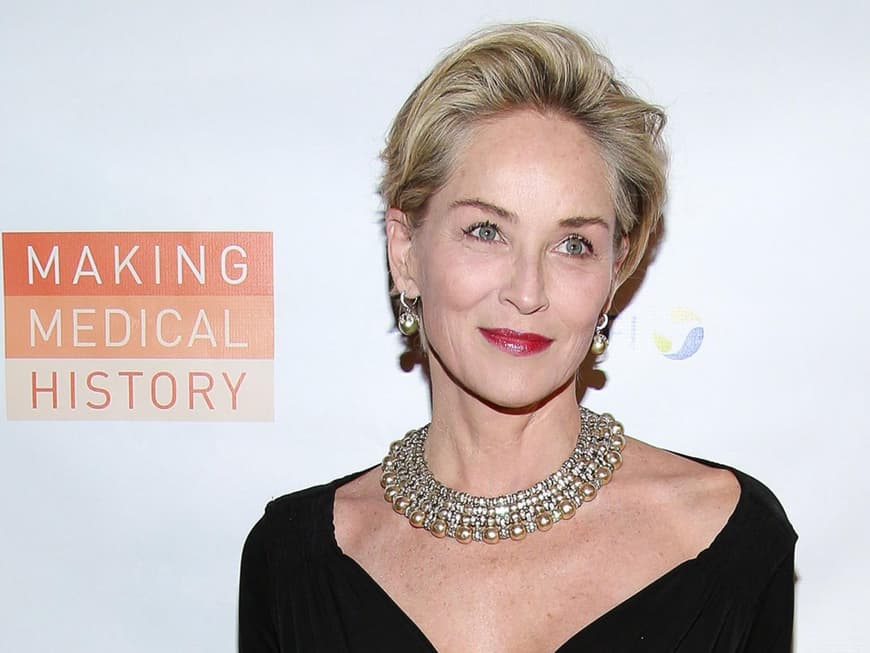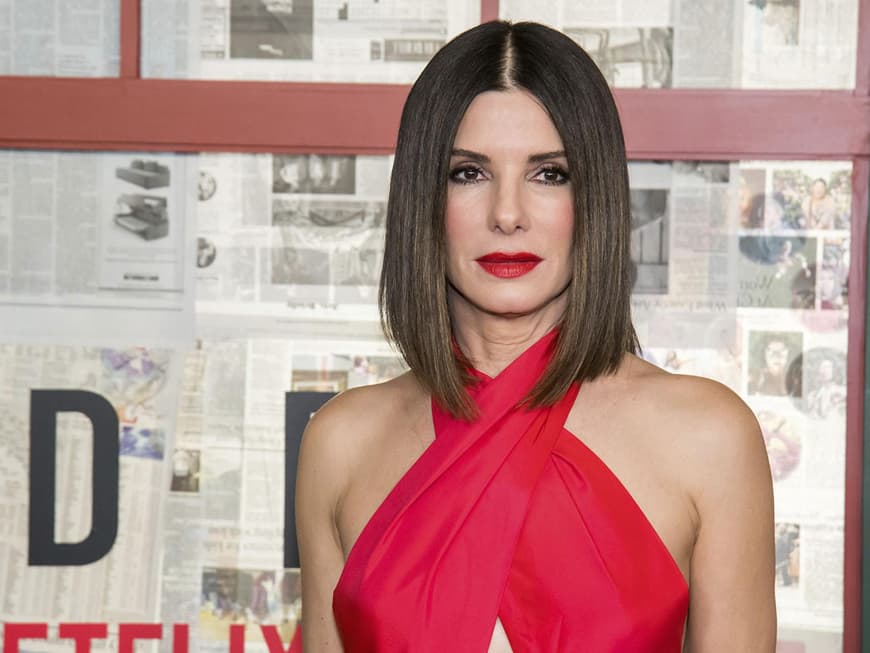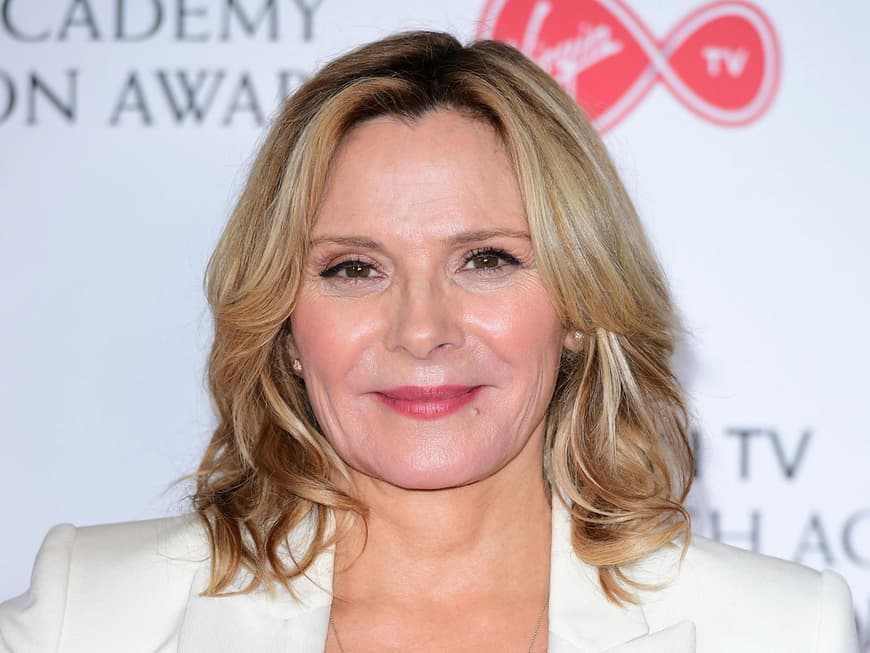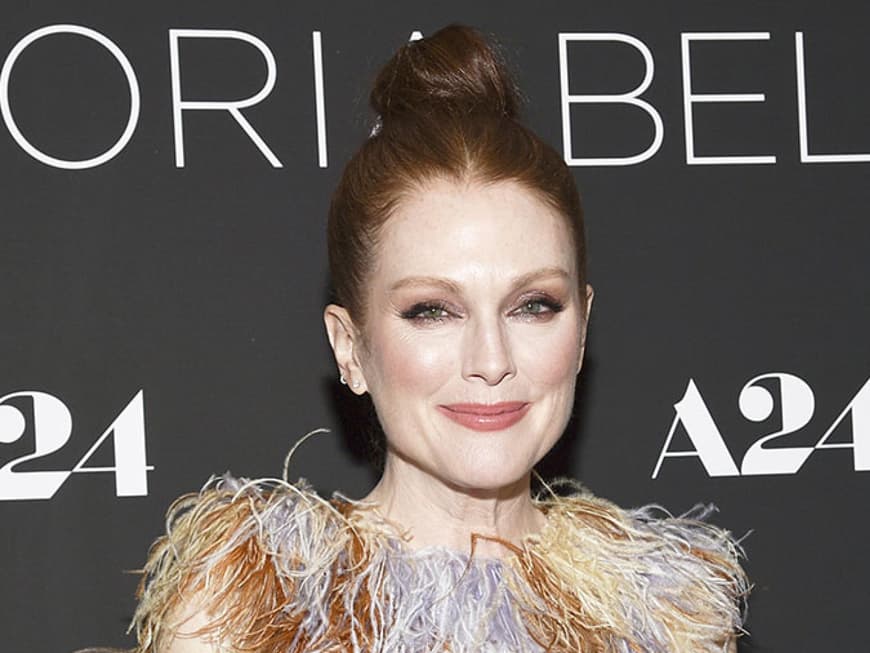Hot flushes, dry skin, mood swings - not nice, but we know all that and we know what to do about menopausal symptoms. What is talked about much less often are the changes that our hair goes through during this time of change. And quite honestly, we don't really want to have to deal with that now, do we? Nevertheless, we should face up to the problem - because fortunately, this is the only way to remedy the situation.
Changes after 50: what exactly happens
The body now produces fewer and fewer hormones, the oestrogen level drops, which also promotes hair loss because these messenger substances can influence the duration of the hair cycle and the division activity of the hair follicles. Experts estimate that this affects around one in five women from the menopause onwards. In addition, the disrupted balance between male and female hormones can lead to an overproduction of sebum. The result: hair becomes greasier and more difficult to style. Unfortunately, this often means: goodbye volume, hello bad hair day! Then, of course, there is the decreasing melanin production. The hair fiber loses color, becomes drier and more brittle, the mop of hair is less easy to style. Incidentally, there are no individual "gray" hairs - only white ones.
The right care is now the be-all and end-all
Very important now: don't wash your hair too often, two to three times a week with a single shampoo is completely sufficient. Make sure the water temperature is lukewarm - heat (including blow-drying) irritates the scalp. Use mild shampoos without silicones. These build up on the scalp and make it sticky, which can also affect blood circulation. Special tinctures with stimulating ingredients such as caffeine can help. Minoxidil (for example in Regaine) stimulates hair growth. If the "regrowth" is still a long time coming, a doctor can help. A dermatologist is the right contact here. A practical emergency solution for in between: so-called stray hair (it really is called that), which can quickly and easily visually fill in bald patches on the crown and forehead.
Vital substances also play an important role
In addition to avoiding stress, it is also important to eat a balanced, wholesome diet with plenty of fruit and vegetables: Hair also suffers from a lack of vital substances. Food supplements in capsule form with active ingredients such as zinc, biotin, silica, vitamins or the trace element iron (vegetarians and vegans in particular often have too little of these) support and strengthen the hair from the inside out. Important: Take the products regularly, as they often only have a visible effect after three months.
You might also be interested in this:

